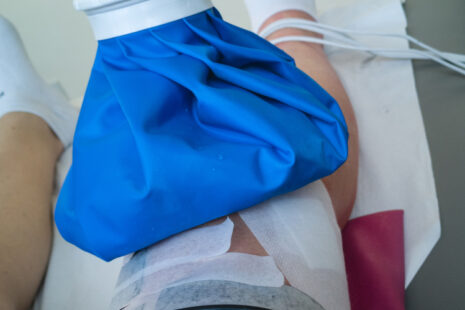Fascia plays a significant role in athletic performance and movement, but it’s not the sole key to athleticism. Fascia is a connective tissue that surrounds muscles, bones, and organs, providing support, structure, and stability to the body. It also facilitates movement by allowing muscles, tendons, and ligaments to glide smoothly past each other.
While fascia influences factors such as flexibility, mobility, and proprioception (awareness of body position), athleticism is a complex interplay of various physiological, biomechanical, and psychological factors.
Here’s how fascia contributes to athleticism…
- Flexibility and Range of Motion – A healthy fascia is essential for maintaining flexibility and optimal range of motion in joints. It allows muscles and tendons to lengthen and contract efficiently during movement, facilitating dynamic actions such as running, jumping, and changing direction.
- Power and Strength Transfer – Fascia acts as a force transmitter, enabling efficient transfer of power and strength from one muscle group to another. It forms interconnected networks that facilitate coordinated movement patterns and enhance athletic performance, especially in activities requiring explosive power or rapid changes in direction.
- Injury Prevention and Recovery – Properly functioning fascia helps distribute mechanical stress and impact forces evenly throughout the body, reducing the risk of injury. It also plays a role in tissue repair and regeneration following exercise-induced microtrauma, contributing to faster recovery and improved resilience.
- Proprioception and Kinesthetic Awareness – Fascia contains numerous sensory receptors that provide feedback to the brain about body position, movement, and tension. This proprioceptive feedback is crucial for maintaining balance, coordination, and spatial awareness during athletic activities, enhancing overall movement efficiency and precision.
While fascia is essential for athleticism, other factors such as strength, endurance, agility, coordination, balance, mental focus, and skill proficiency also play significant roles. A comprehensive approach to athletic development should address all these components, including proper nutrition, hydration, rest, recovery, and mental conditioning.
In summary, while fascia contributes to athleticism by influencing factors such as flexibility, strength transfer, injury prevention, and proprioception, it is one of many components that collectively contribute to athletic performance. A well-rounded training program that incorporates strength training, flexibility exercises, functional movement patterns, and sport-specific skills is essential for optimizing athletic potential.




